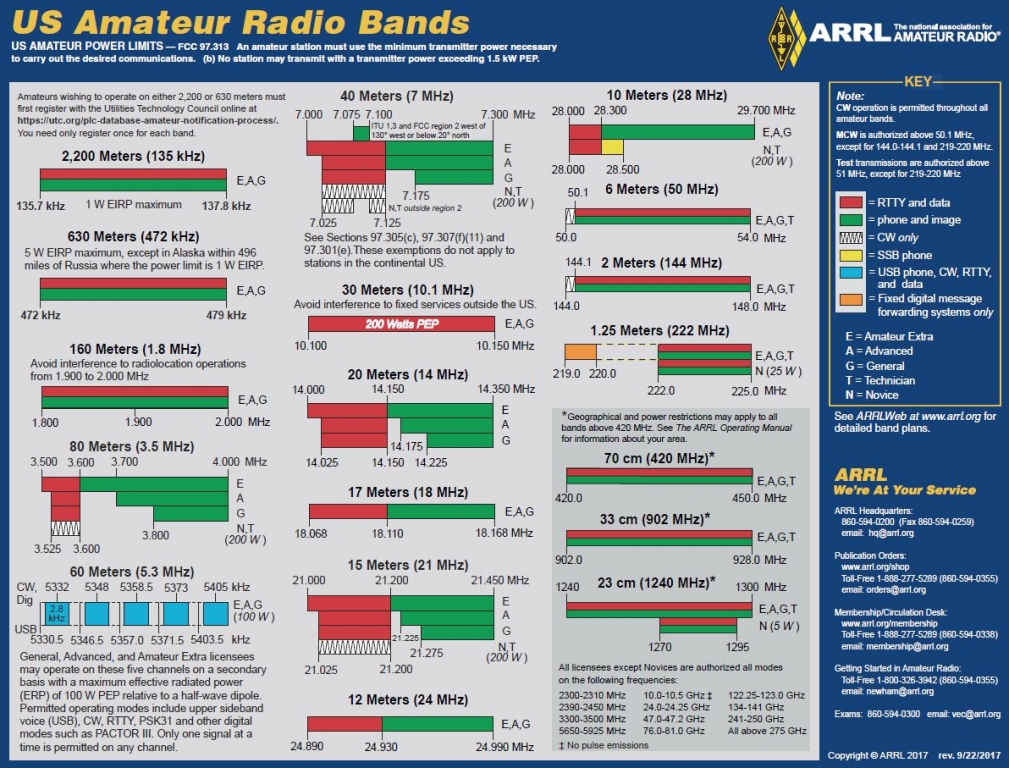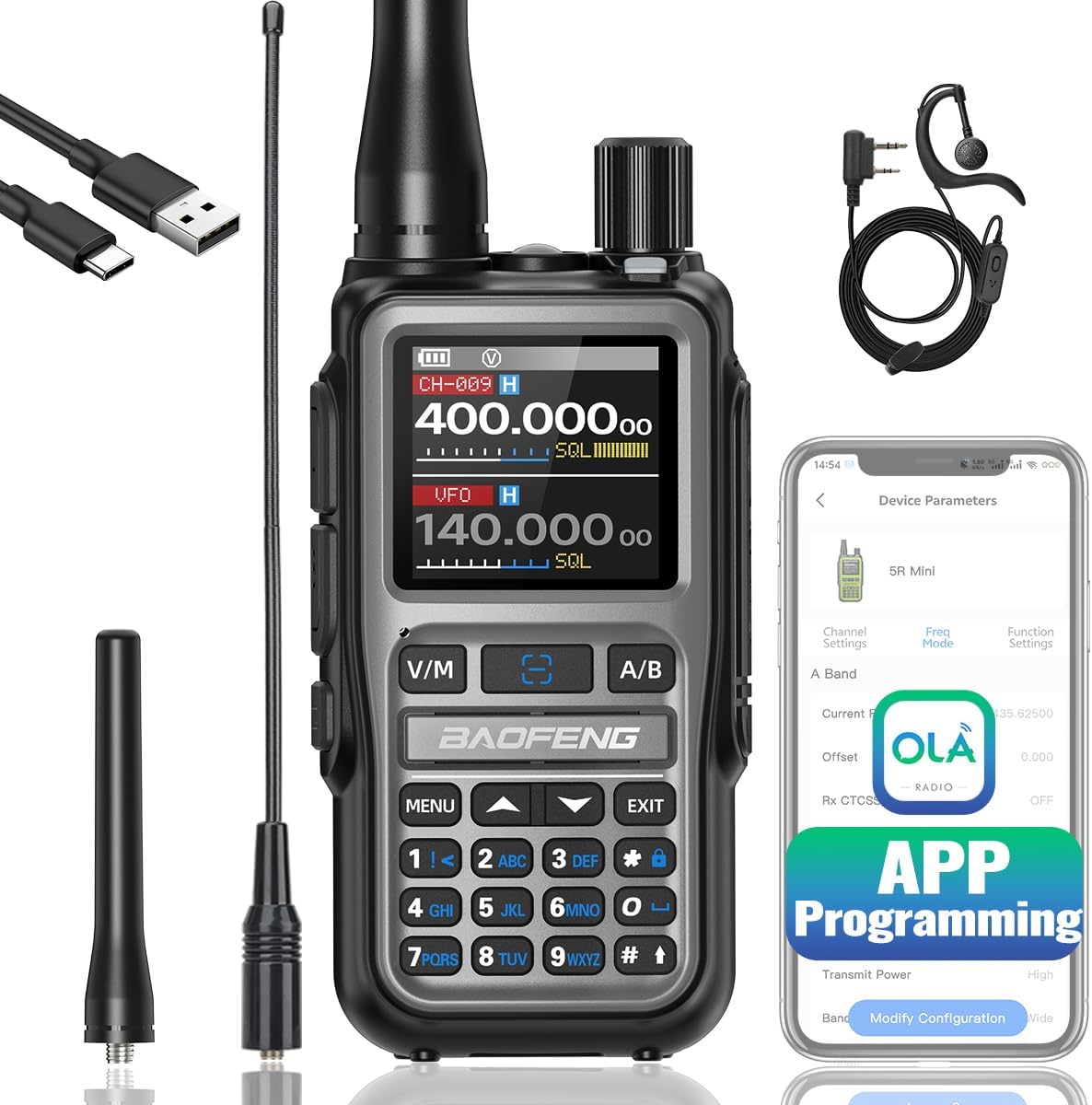
Introduction to HF Ham Radio
High Frequency (HF) ham radio is a cornerstone of amateur radio, providing long-distance communication capabilities that transcend geographical barriers. Operating in the HF spectrum (3 to 30 MHz), this segment of radio frequencies allows operators to make contacts across continents, facilitating emergency communications, experimentation, and worldwide friendships.
HF radio communication is crucial in a variety of applications, including disaster response, remote communication, and international networking. Unlike local Very High Frequency (VHF) and Ultra High Frequency (UHF) bands, which rely on line-of-sight propagation, HF waves can travel thousands of miles by bouncing off the Earth's ionosphere. This unique characteristic makes HF one of the most special and fascinating aspects of ham radio.
How HF Radio Works
The secret behind HF radio’s long-distance communication lies in its interaction with the Earth's ionosphere. When an HF signal is transmitted, it travels upward into the atmosphere, where it encounters ionized layers of gases at altitudes ranging from 30 to 600 miles above the Earth’s surface. These layers, known as the D, E, and F layers, reflect or refract the signals back down to Earth, a phenomenon called skywave propagation.
Skywave propagation enables signals to “skip” around the globe, making it possible for an operator in North America to talk to someone in Europe, Asia, or even Australia. The effectiveness of this propagation depends on factors such as solar activity, time of day, and frequency selection. For example:
Daytime: Higher frequencies (above 14 MHz, such as 20 meters and 10 meters) tend to propagate better.
Nighttime: Lower frequencies (below 10 MHz, such as 40 meters and 80 meters) become more effective.
Solar Cycle: During periods of high solar activity, HF propagation improves significantly, allowing for stronger and more consistent long-distance communications.
Why HF is Special
1. Global Communication Without the Internet or Satellites
One of the most compelling aspects of HF ham radio is its ability to establish worldwide communication without relying on modern infrastructure like the internet or satellites. This makes HF indispensable during natural disasters when traditional communication networks fail.
2. Emergency and Disaster Preparedness
HF radio is a critical tool for emergency responders and amateur radio operators who provide communications when cell towers, power grids, and internet services are down. Organizations like the Amateur Radio Emergency Service (ARES) and the Radio Amateur Civil Emergency Service (RACES) rely on HF to coordinate disaster relief efforts over vast distances.
3. DXing and Contesting
HF bands are the home of DXing (long-distance communication) and radio contests. DXing is a popular pursuit among hams who aim to make contacts with as many different countries as possible. Special events, contests, and awards, such as the DX Century Club (DXCC), motivate operators to refine their skills and improve their station setups.
4. Experimentation and Technical Learning
HF offers opportunities for amateur radio operators to experiment with antennas, modes of operation, and propagation techniques. Many hams build and test antennas tailored for specific HF bands, helping them optimize performance for long-range contacts.
5. Modes of Operation
HF radio supports a variety of communication modes, including:
Single Sideband (SSB) Voice: The primary mode for voice communication, providing an efficient use of bandwidth.
Morse Code (CW): Still popular among many hams, CW is highly efficient and can penetrate weak signal conditions.
Digital Modes (FT8, PSK31, RTTY): These modes use computer-assisted transmission to decode weak signals and allow for efficient, low-power communication worldwide.
Licensing: The Need for a General or Extra Class License
To access the HF bands, a ham operator must obtain a General Class or Extra Class license. The entry-level Technician Class license primarily grants privileges on the VHF and UHF bands, with very limited HF access. Upgrading to General Class opens up a significant portion of the HF spectrum, while Extra Class offers full privileges across all HF bands.
Why Upgrade to General or Extra Class?
More Frequencies, More DX Contacts: General Class operators gain access to most HF bands, allowing them to communicate globally.
Participation in DX Contests and Special Events: Many international stations operate on frequencies reserved for General or Extra Class license holders.
Emergency Preparedness: Having HF privileges ensures that operators can assist in emergency communications over long distances when needed.
Technical Growth: Studying for the General or Extra exam deepens an operator’s understanding of radio theory, antenna design, and propagation science.
Conclusion
HF ham radio is a truly special aspect of amateur radio, providing a window to the world through long-distance communication. Whether for emergency preparedness, technical experimentation, or simply the thrill of talking to someone thousands of miles away, HF bands offer an unparalleled experience.
For those new to amateur radio, upgrading to General Class is a key step toward unlocking the full potential of HF communication. With a little study and practice, any ham can join the ranks of worldwide communicators and experience the magic of HF radio firsthand.

No comments:
Post a Comment